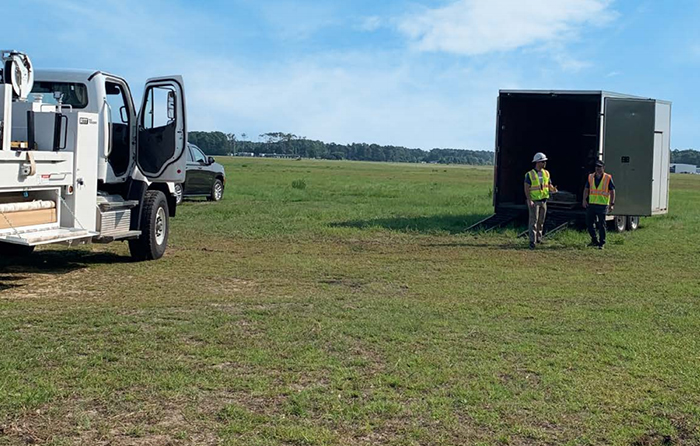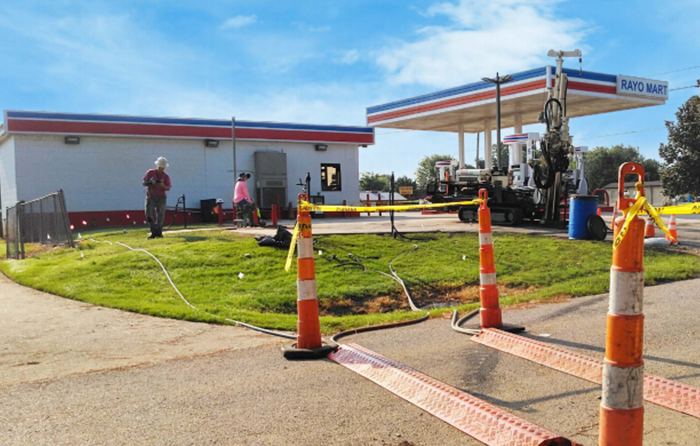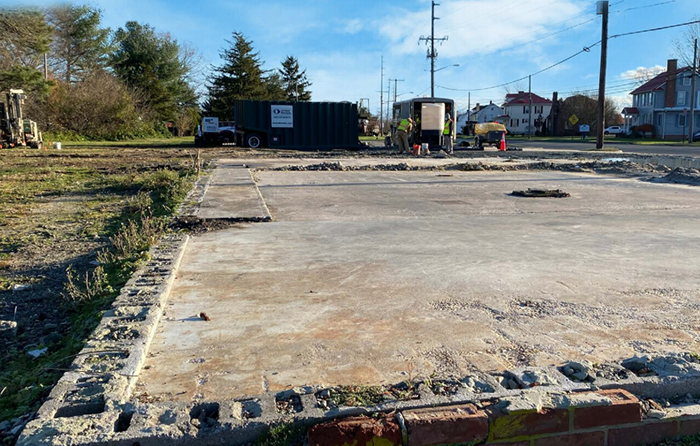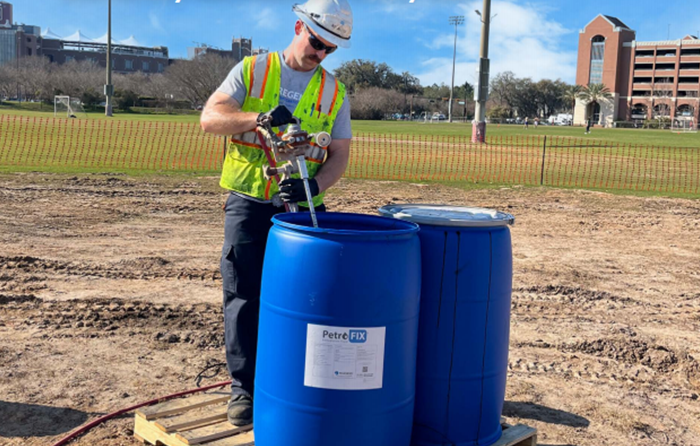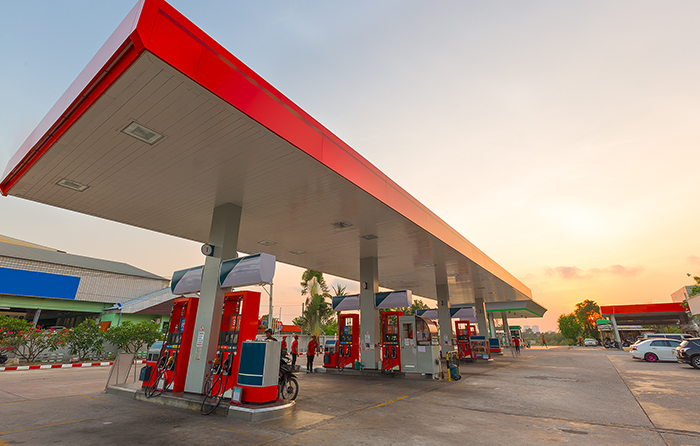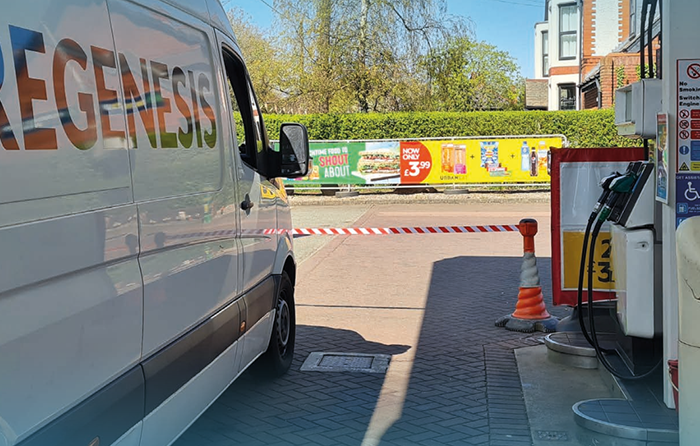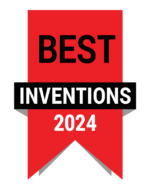PetroFix Achieves UST Site Closure at NAAS Edenton
Case study highlights:
- NCDEQ issued a No Further Action Status for the site
- Application of PetroFix effectively mitigated benzene and other petroleum hydrocarbons to below regulatory thresholds
- Project exemplifies the successful adaptation of PetroFix in a complex post-military context
At the Naval Auxiliary Air Station Edenton, extensive historical use and subsequent contamination from military fuel operations necessitated robust remedial actions. After decades of conventional treatments and a monitored natural attenuation (MNA) approach, the application of PetroFix® supplemented with electron acceptors significantly enhanced MNA, effectively mitigating benzene and other petroleum hydrocarbons to below regulatory thresholds, culminating in a No Further Action status for the site. The strategic application of PetroFix, along with ongoing monitoring and adjustments, highlights the effectiveness of innovative remediation technologies in overcoming significant environmental challenges.
UST Site Closure Achieved Following Colloidal Carbon and Bioremediation Treatment
Case study highlights:
- Site cleanup objectives achieved, offsite drinking water protected
- The use of PetroFix enabled the site to earn a No Further Action Status
- PetroFix achieves over 97% Benzene reduction in weathered bedrock
A petroleum odor discovered in a residential production well led to the identification of an underground storage tank (UST) release at an upgradient active gas station. The contamination plume, containing high levels of total petroleum hydrocarbons (TPH), specifically benzene, threatened eight nearby residential drinking wells. Given the urgent need for remediation, PetroFix® was chosen over other methods, including ozone, due to its rapid and effective treatment capabilities. This first-ever PetroFix application in Alabama was highly successful, achieving the site cleanup objectives to demonstrate offsite drinking water protection and earning the site a No Further Action Status.
PetroFix Achieves Success at Delaware Service Station
Case study highlights:
- Site closure targets rapidly met through innovative remediation
- Strategic application of PetroFix® through both grid and barrier injections as well as the direct application of RegenOx® during excavation of highly impacted soils
- Achieved reductions in benzene, toluene, and EDB to near or below detection limits
PetroFix successfully remediated petroleum hydrocarbon contamination, first discovered in the 1980s, at a vacant, former retail service station in Delaware. The strategic application of PetroFix® through both grid and barrier injections as well as the direct application of RegenOx® during excavation of highly impacted soils, significantly reduced high concentrations of benzene and toluene, along with low levels of ethylene dibromide. These interventions brought contaminant levels below the final regulatory cleanup threshold needed to achieve site closure. By implementing PetroFix, the Delaware project achieved reductions in benzene, toluene, and EDB to near or below detection limits, securing an effective, long-term solution for groundwater remediation.
High-Mass Petroleum Hydrocarbons Treated to Achieve Closure
Case study highlights:
- Injected PersulfOx during three treatment rounds sequenced approximately two months apart
- Toluene reduced by an average of 94% and below the toluene SSTL in all five performance monitoring wells
- Toluene remains below its SSTL following the injection of PersulfOx
A former electric service company upstate of South Carolina reported a release during a UST removal completed at the site in 1988. Aggressive fluid vapor recovery (AFVR) events were completed from 2004 to 2008 and from 2019 to 2020 to address the release, along with groundwater monitoring. Despite these efforts, high concentrations of petroleum hydrocarbons (PHC) remained. Following years of remediation, the final selection and successful application of PersulfOx® effectively reduced high concentrations of toluene in groundwater below the site cleanup goal at an electrical service company upstate of South Carolina. The remediation achieved the site target cleanup objectives and received regulatory closure for the decades-old release incident.
Stringent Site Closure Goals Achieved Using PetroFix
Case study highlights:
- Petroleum impacts effectively remediated at university recreation facility site
- Project goals met in the treated areas within budget and time constraints
- Low-impact, single injection event minimized disturbance to athletic fields
Terracon, a leading environmental engineering and consulting firm, completed the remediation of a university recreational facility in Florida impacted by historic petroleum hydrocarbon (PHC) contamination. Under stringent contractual timelines and performance benchmarks set by the Florida Department of Environmental Protection (FDEP), Terracon excavated PHC-impacted soils and applied PetroFix® in situ to address residual contamination in the saturated zone. The injection area needed to be restored to its original condition to accommodate upcoming seasonal use. A reliable injection technology was required to achieve the project goals, minimize disruption to the athletic fields, and avoid the need for remobilization. This comprehensive approach successfully met FDEP’s cleanup goals for soil and groundwater where the amendment was applied in the treatment area.
Reducing Time and Cost-to-Closure at UST Release Sites
Case study highlights:
- BJAAM has successfully closed four sites, achieving NFA status, with one additional site pending agency review and another site set for a secondary application to address MTBE levels.
- BJAAM develops, stores, and accesses their own PetroFix remedial application designs using the PetroFix Design Assistant
- Site outcomes have led to significant cost savings for BJAAM’s clients and gained confidence from state UST regulatory agencies
The case studies included in this multi-site review include sites where a leading Ohio Valley environmental consulting firm BJAAM Environmental, Inc. effectively used PetroFix in supporting their risk-based corrective action (RBCA) site closure strategy. BJAAM pioneered a streamlined corrective action approach to reduce the time required for achieving site closure, minimizing project costs for its clients. Their approach combines expertly applied Risk-Based Corrective Action (RBCA) with remedial actions and/or institutional controls designed to achieve site-specific target levels (SSTLs) for petroleum contaminants in well-defined areas of concern. PetroFix aligns with BJAAM’s strategy for managing UST sites as a remedial technology, rapidly reducing and sustaining PHC contaminants below cleanup targets to expedite regulatory closures. The PetroFix in situ treatment approach has proven to be an effective and low-cost solution to address UST releases through various state agency programs.
Closure Achieved at Formerly Used Defense Site
Case study highlights:
- PetroFix application reaches No Further Action at UST release site
- Site meets stringent North Carolina Groundwater Quality Standards (NCGWQS)
- Visual confirmation in soil cores and monitoring wells allows the field crew to make real-time adjustments to ensure proper distribution
This case study reviews a former Naval Auxiliary Air Station located in the Outer Banks region of North Carolina. After a thorough evaluation of viable remedies for petroleum contamination, the project team opted for an in-situ injection of PetroFix® Remediation Fluid to remediate the contaminants through a combination of sorption and bioremediation by adding electron acceptors. The goal for this site is to achieve closure as cost-effectively as possible. Site closure is most directly achieved by reducing contaminant concentrations below the applicable NCGWQS for four consecutive sampling events. This sorption-enhanced biostimulation approach was evaluated as the most viable, cost-effective means to to reach the NCGWQS targets and achieve site closure in a reasonable timeframe.
PetroFix Eliminates Hydrocarbon Plume Migration
Case study highlights:
- Permeable reactive barrier installed in underground car park in Northern Italy
- The barrier has stopped the offsite migration of a petroleum hydrocarbon plume onto a public road and archeological site.
- The in situ remediation has met the stringent cleanup target, positioning the site for regulatory closure, despite the challenges posed by the restricted access onsite.
This case study explains the installation of a PetroFix permeable reactive barrier below a new office building in Northern Italy. An excavation was conducted over a limited footprint to remove some of the more highly impacted soils. Beyond the excavation limits, pressure grouting was conducted to stabilize the residual soil contamination, prior to construction commencing. Once construction was completed, Planeta Studio Associato, a leading environmental consultancy based in Italy, collaborated with REGENESIS to develop an in situ remediation plan for treating the groundwater contaminant plume.
Petroleum Plume Mitigated to Protect Flathead Lake
Case study highlights:
- PetroFix barrier stops Benzene and other hydrocarbons from entering Flathead Lake, the largest natural freshwater lake west of the Mississippi River
- A permeable reactive barrier (PRB) using PetroFix determined to be the most viable and cost-effective strategy to quickly halt plume’s movement toward the lake
- Benzene concentrations remain non-detect for 3.5 years thus far
In the 1990s, environmental investigations of a legacy petroleum hydrocarbon release in downtown Polson, MT identified a large undefined light non-aqueous phase liquid (i.e., LNAPL) plume, with benzene and other contaminants migrating toward Flathead Lake. Following a comprehensive review of remedial alternatives, environmental consultant WCEC determined that installing a permeable reactive barrier (PRB) using PetroFix Remediation Fluid would be the most viable and cost-effective strategy to quickly halt the dissolved phase plume’s movement toward the lake. Following the installation of the PetroFix PRB, the threat of dissolved phase contaminant migration into the lake was immediately mitigated, with these results sustained for over 3.5 years thus far, as performance monitoring continues.
PetroFix Barrier Prevents Offsite Risk at Active Gas Station
Case study highlights:
- Groundwater samples taken post-application demonstrated that all remedial objectives had been met
- PetroFix IPRB was the most sustainable option for the site
- Application completed at a significantly lower cost and in less time than pump and treat
This case study reviews an active gas station in the United Kingdom where dissolved phase contamination at high concentrations in groundwater migrated beyond the site boundary, resulting in a potential off-site liability. An in situ permeable reactive barrier (IPRB) using PetroFix colloidal activated carbon was installed to prevent offsite risk. Environmental consulting firm SLR Consulting partnered with REGENESIS to design and apply the solution, which met site objectives within 12 months. The PetroFix IPRB was the most sustainable option for the site; compared to a source excavation approach, the project prevented up to 55 loads of soil disposal. Substantial energy savings were also made when compared with operating a groundwater pump and treat system. The project was completed for <£100K ($127,300 USD), with only minimal disruption to site operations.

 Americas
Americas Europe
Europe Français
Français Deutsch
Deutsch Italiano
Italiano Español
Español